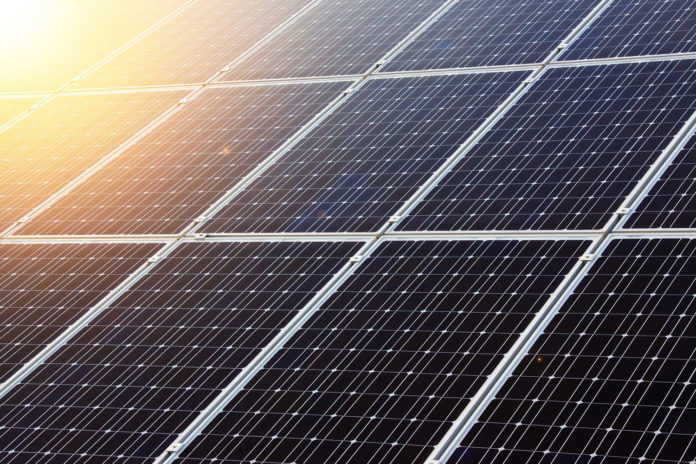Perovskites show great potential in a range of applications, e.g., LED lights, lasers, and photodetectors, but their major contribution is in solar cells, where they are poised to overtake the market from their silicon counterparts. One of the problems in the commercialization of perovskite solar cells is that their power-conversion efficiency and operational stability drop as they scale up, making it a challenge to maintain high performance in a complete solar cell.
Now, researchers at EPFL and the Korea Institute of Energy Research have found an innovative way to increase the performance and maintain it at a high level in perovskite solar cells, even at large scales. The engineers have replaced the electron-transport layer with a thin layer of quantum dots. Cell’s electron-transport layer ensures that the electrons produced when the cell absorbs light will transfer efficiently to the device’s electrode.
Quantum dots are nanometer-sized particles that act as semiconductors and emit light of specific wavelengths (colors) when they are illuminated. In this case, the team replaced the titanium dioxide electron-transport layer of their perovskite cells with a thin layer of polyacrylic acid-stabilized tin (IV) oxide quantum dots.
The team found that compared to the usual titanium dioxide material, this layer made from the quantum dots enhanced the device’s light-capturing capacity. It also suppressed nonradiative recombination, an efficiency-sapping phenomenon that sometimes takes on the interface between the electron-transport layer and the actual perovskite layer.
By using the quantum dot layer, the team found that perovskite solar cells of 0.08 square centimeters attained a record power-conversion efficiency of 25.7%. Efficiencies for larger solar cells were decent too. When increasing the surface area of the solar cells to 1, 20, and 64 square centimeters, power-conversion efficiency was measured at 23.3, 21.7, and 20.6%, respectively.
